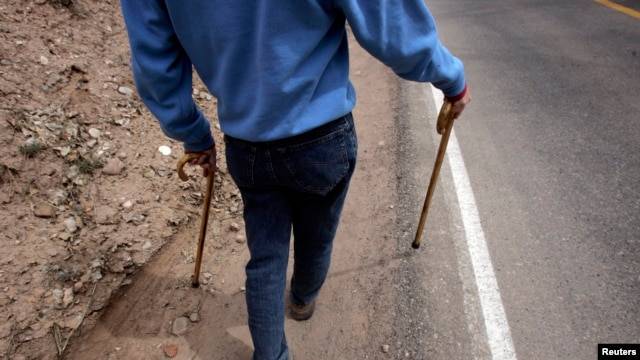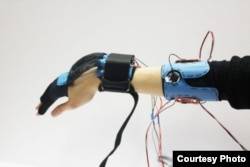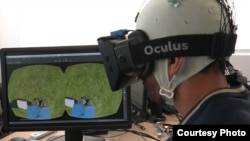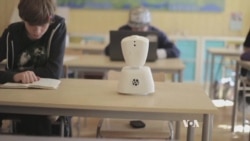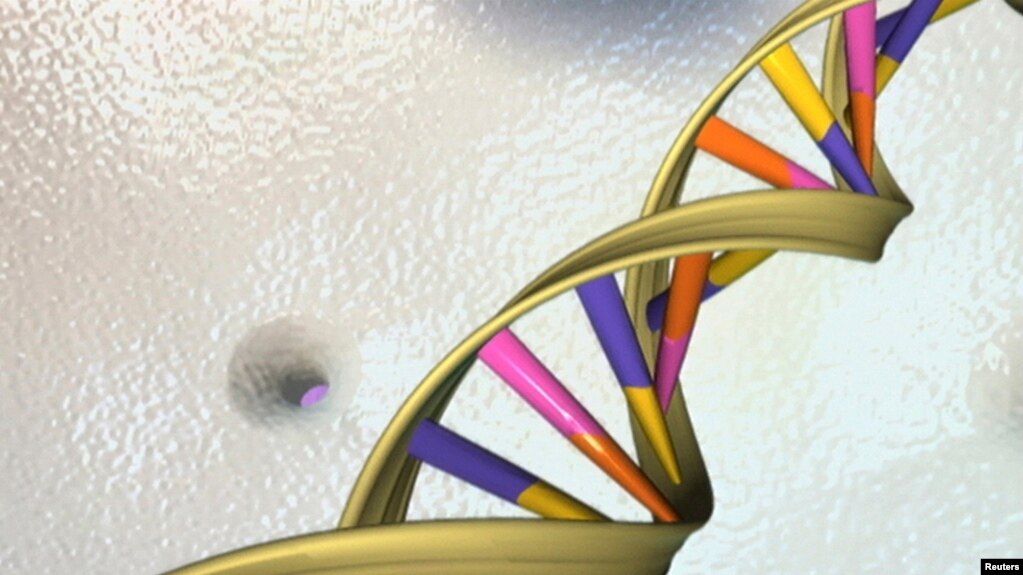Scientists close to gene therapy treatment for Muscular Dystrophy...
Gene Therapy for Muscular Dystrophy Advances
October 22, 2015 - Scientists say they could be on the cusp of having a treatment for muscular dystrophy, an inherited disease that gradually weakens and destroys muscles and currently has no cure.
Gene Therapy for Muscular Dystrophy Advances
October 22, 2015 - Scientists say they could be on the cusp of having a treatment for muscular dystrophy, an inherited disease that gradually weakens and destroys muscles and currently has no cure.
The researchers focused on the most common form of the disease, which is caused by a genetic mutation that disrupts the production of a protein that strengthens and protects muscle fibers. Muscle weakness typically begins before a child turns 5, and boys are most likely to be affected.
Because the damaged gene is one of the largest in the body, replacing it with a therapeutic version proved difficult because it could not be delivered by conventional therapeutic means. Researchers at the University of Missouri developed a miniature version of the gene that protected all the muscles in diseased mice.
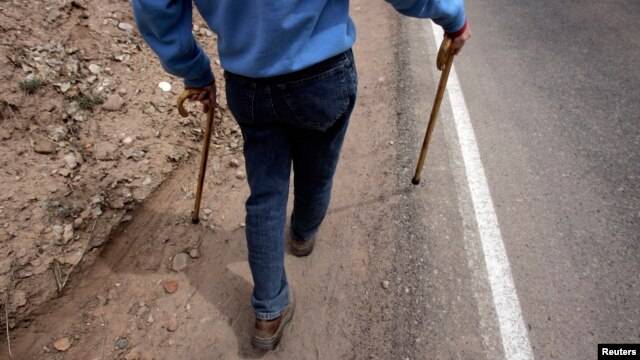
Melecio Fresquez, who has muscular dystrophy, participates in a pilgrimage to El Santuario de Chimayo, a chapel in Chimayo, New Mexico.
However, delivering the microgene to all muscles in a human was a bigger task. It took the researchers more than a decade to develop a strategy to do that. They used a common virus to carry it throughout the bodies of 2- to 3-month-old puppies with muscular dystrophy. More than six months later, the dogs were developing normally.
Now that dogs have been successfully treated, the researchers say human clinical trials are being planning in the next few years. The study is published in the journal Human Molecular Genetics.
Gene Therapy for Muscular Dystrophy Advances


